Top 8 Literary Fiction Releases for Spring

Literary fiction is designed to reach a deeper part in the reader, to incite a more significant emotion. Not only does it tell a story, a finer message is embedded. These are the kind of stories to read again and again, just in case you missed something the first time around. Or maybe you reread them because they are just that good. Filled with turmoil, reflection, and beauty, these books featured in our Spring 2016 edition are all worth a read.
Blackass
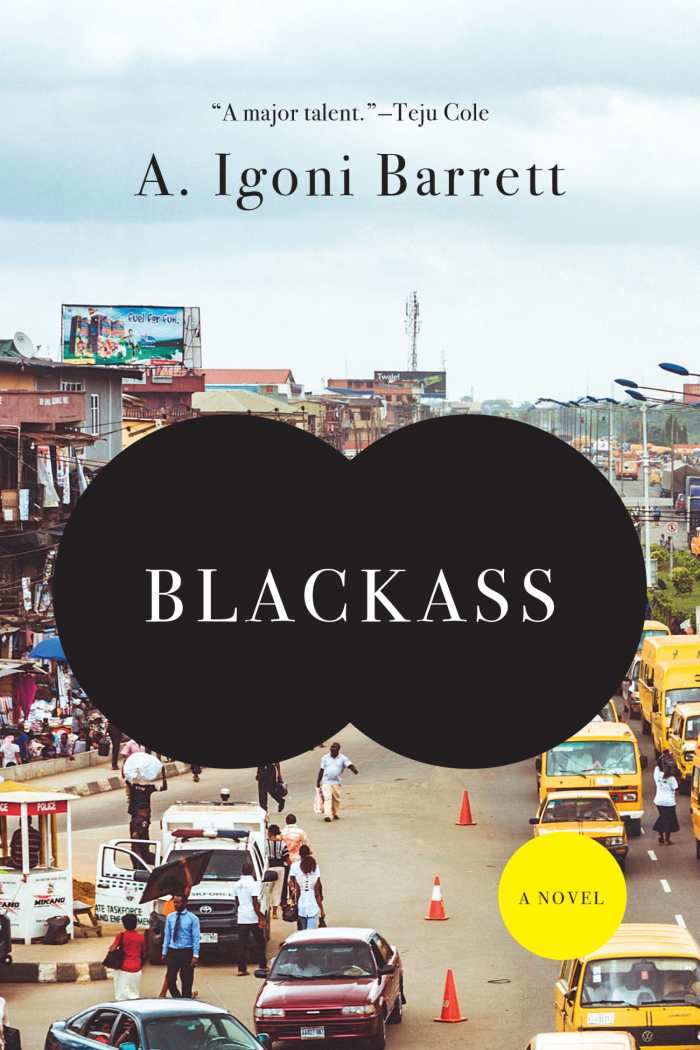
A. Igoni Barrett
Graywolf Press
Softcover $16.00 (256pp)
978-1-55597-733-7
Buy: Local Bookstore (Bookshop)
Barrett’s fresh and irreverent voice demands to be heard in this riotous and biting satire.
A. Igoni Barrett’s stunning debut novel, Blackass, provokes laughter, tears, guilt, and rage as it plumbs the depths of racist and sexist attitudes.
In a clever marriage of two satirical masterpieces, Franz Kafka’s Metamorphosis and Jonathan Swift’s Gulliver’s Travels, Barrett’s protagonist, Furo Wariboko, awakens to discover that he has been transformed into a white man. He must navigate the once-familiar landscapes of teeming Lagos seeing everything through the sea-green eyes of a red-haired man who is Caucasian in every respect—except for the gleaming blackness of his buttocks, his black family, and his Nigerian name. How can Furo fabricate a story that explains away these curious anomalies?
Unable to find work for several years after attending university, Furo believed that the only purpose of being unemployed was “to show him how easy it was for hope to shrivel.” Yet, as “Frank Whyte,” Furo discovers that the world is his oyster, and virtually any job can be his for the asking. So, forsaking family and friends, Furo ventures into a world that feasts on greed and self-indulgence, an upside-down world in which no one is who he or she appears to be, a world in which “we are all constructed narratives.”
Barrett is adroit at describing life in complex Lagos, and he has a flair for creating distinctive yet credible characters: the beautiful, flamboyant, and generous Syreeta; the inscrutable writer, Igoni; Furo’s father (a failed chicken farmer); and Furo’s sister (@pweetychic_tk), who is intent upon solving her brother’s mysterious disappearance.
Through sardonic humor that scorches even as it tickles, Blackass illuminates the uncomfortable contemporary message broadcast daily: “For the black man there is only one destiny. And it is white.”
Barrett’s fresh and irreverent voice demands to be heard—not only via his creative first novel, Blackass, but, one hopes, again and again, as this exciting young author spins new tales to awaken the conscience through biting social commentary made palatable by humor.
NANCY WALKER (January 26, 2016)
King of Yiddish
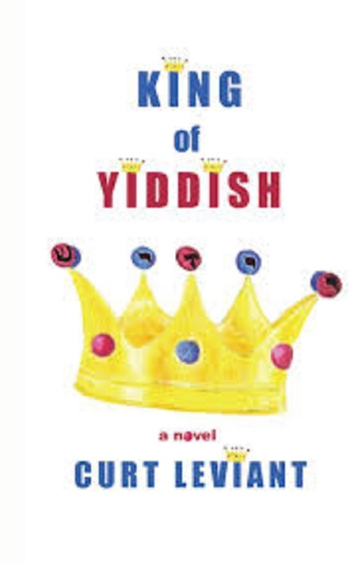
Curt Leviant
Livingston Press
Softcover $18.95 (304pp)
978-1-60489-160-7
Buy: Local Bookstore (Bookshop)
A story about a Holocaust survivor seeking vengeance showcases Leviant at his absurdist best.
Beneath the linguistic panache and magical realism of Curt Leviant’s endlessly consumable King of Yiddish lie complex questions of family identity, vengeance, and redemption. With all of the flair and erudition for which his previous works are notable, Leviant presents an atypical story about a Holocaust survivor with an ax to grind.
Shmulik Gafni brims with mentshlekhkeyt: he is the world’s premier Yiddish scholar, prolifically published and congenitally curious, masterfully skilled at increasing the value of the university library’s collection, and absolutely faithful to his wife, Bathsheba, despite the temptations presented by a buxom Polish PhD student, Malina. He also frustrates his community terribly: they suspect him of affairs with his underlings, they do not understand why he must spend so much time in haunted Poland, and they really do not think he’s taking his Judaism quite seriously enough.
Gafni has no time for the middling concerns of gossipy Israelis, though. Since his youth, he’s been determined to find the broad-faced Pole who murdered his father and his uncle in a post-Holocaust pogrom. Retribution undergirds his trips abroad. In Warsaw synagogues where the letters of the shema and HaShem rise like fire before the eyes of those who refuse to die, and along the streets of former shtetls where he must assume the despicable disguise of his enemy, he seeks out clues, propelled by the conviction that he’ll achieve his revenge someday.
If the pull of this plot were not strong enough on its own, Leviant’s style would supply any missing temptations. His prose is self-referential—do not read this chapter! Do see the author’s handiwork here!—and playful, with early chapters reading like a frenzied yeshiva discourse, if less Torah- than Shmulik-centered. A thimble-sized incarnation of Mozart plays the Leviant-requisite role of a historically significant, improbable guide (and source of levity). Malina’s sexual appeal devolves into something more crude once she’s secured her prize, her transformation wreaking satirical havoc on questions of intermarriage. The novel achieves perfect balances between the absurd and the reverent, the philosophical and the downright silly.
As satisfying as a conclusive end to a lifelong quest, King of Yiddish is Leviant at his absurdist best.
MICHELLE ANNE SCHINGLER (February 12, 2016)
Martin John

Anakana Schofield
Biblioasis
Softcover $15.95 (282pp)
978-1-77196-034-2
Buy: Local Bookstore (Bookshop)
This dark novel enters the realm of the forbidden and feared with humor and empathy.
Anakana Schofield takes readers into the strange world of Martin John, flasher, public masturbator, and mentally ill security guard. Like Francine Prose’s exploration of neo-Nazism in A Changed Man, Schofield enters the realm of the forbidden and feared, and does so with humor and empathy. Postmodern in its aesthetic, this novel is daring both with its subject matter and its characterizations.
The eponymous character of Schofield’s second novel appeared as a minor character in her first novel, Malarky. The Martin John of this novel is younger, and not as seemingly innocuous; rather, he is exiled from his home in Ireland after assaulting a twelve-year-old girl in a dentist’s office. Martin’s mother, overbearing and eager to protect and dismiss him, sends him away with sets of rules to follow—“Get a job at night or else I’ll come for ya….don’t go near the buses, they might see you on the buses and don’t go down on the Tube for you could go into a tunnel and never come out.”
Beyond her rules, Martin establishes rules for himself, including no words that begin with p—p-words are too upsetting. He creates circuits to quiet the mind. He works nights to avoid temptation and the possibility that ‘they’ will come for him for doing ‘it.’
The narration comes in fits and spurts, no innuendo implied, though with a novelist like Schofield, one can’t wholly avoid the implication. Darkly funny, saddening, and compassionate, the story incorporates a solipsistic assemblage of mantras and circuits. The writing mirrors and reflects confusion, helping readers to experience some of Martin’s own confusion and paranoia. Schofield also reveals the damage he does to his victims, to his mother, and to himself. This novel, though it involves difficult subjects, shows readers how postmodern writing techniques can make some small sort of sense out of the seemingly insensible.
CAMILLE-YVETTE WELSCH (February 29, 2016)
Mon amie américaine

Michèle Halberstadt
Other Press
Softcover $14.95 (176pp)
978-1-59051-759-8
A medical crisis challenges a transatlantic friendship in this understated dual account of betrayal and disability.
Michèle Halberstadt is a film producer as well as a journalist and author. In her latest novel, Mon amie américaine, she draws on her professional experience to present a pair of friends, one from Paris and the other from Brooklyn, who meet through their work in the film industry and come up against the limits of their relationship when one suffers a debilitating illness.
“There was a bomb in your head, my darling ostrich,” narrator Michèle laments to her American friend, Molly. After years of heavy smoking and migraines, a brain aneurysm plunges forty-year-old Molly into a coma. The novel is presented as Michèle’s confessional letter to Molly, addressed in the second person. During Molly’s coma and after she wakes up, Michèle ponders their unlikely friendship and also frets over her threatened marriage.
Halberstadt paints a compelling picture of close friends who seem to have little in common. Michèle calls Molly “my incorrigible opposite … so wonderfully unreasonable,” while in one of the most notable chapters she chants a list of reasons they are friends, beginning, “because you make me laugh, because you move me.” When Molly wakes up, their differences are even more pronounced. Molly is partially paralyzed and in a wheelchair, and her short-term memory is now so poor that she cannot concentrate on full-length films.
This is a subtle, melancholy story about making the most of a diminished life and an inevitably altered relationship. The same goes for Michèle’s marriage to Vincent, which appears doomed after she finds evidence of his infidelity. The prose is unshowy, yet small bursts of wordplay and creative metaphors keep it from feeling dull. For example, Michèle enjoys the similarity between “comma” and “coma,” conceiving of the latter as a pause “between two territories: sleeping and waking.”
The novella is like a cross between Jenny Offill’s Dept. of Speculation and Jean-Dominique Bauby’s The Diving-Bell and the Butterfly, and bears tantalizing traces of deliberate homage to Pedro Almodóvar’s coma-themed Talk to Her: an understated dual account of betrayal and disability.
REBECCA FOSTER (February 29, 2016)
Postmark Bayou Chene
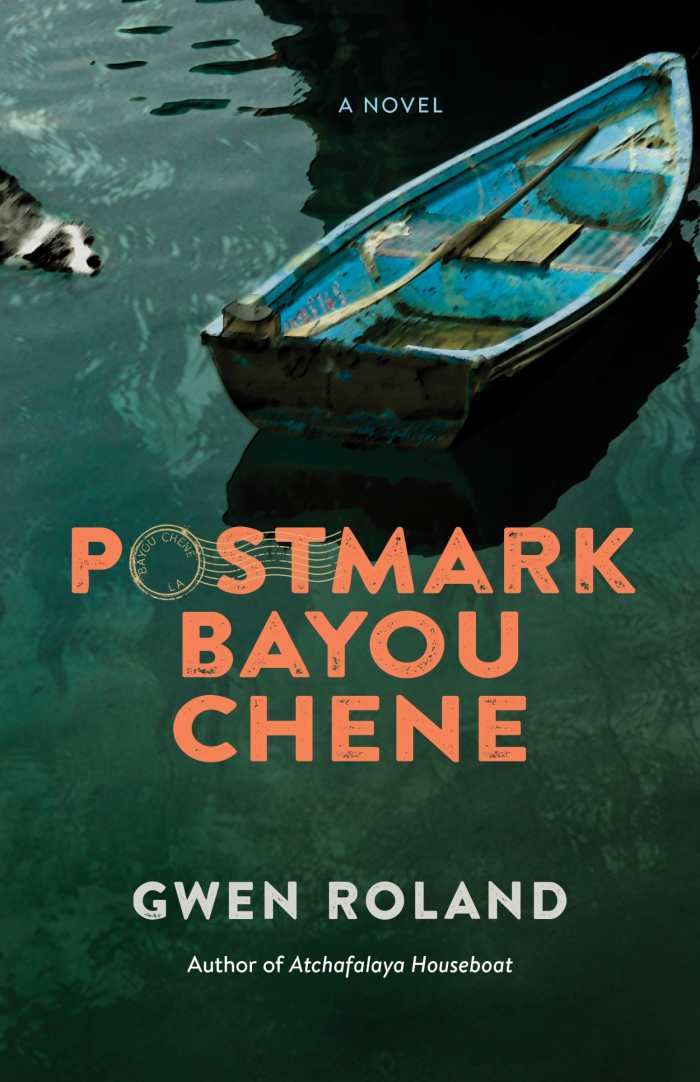
Gwen Roland
LSU Press
Hardcover $25.95 (288pp)
978-0-8071-6144-9
Buy: Local Bookstore (Bookshop)
This congenial and crisply drawn portrait of bayou life is a satisfying story that pays homage to a bewitching landscape.
Gwen Roland returns to Louisiana with a slice-of-life novel set in bustling Bayou Chene circa 1907. When a mysterious skiff with no owner in sight and a returned letter appear, townsfolk recount the inciting event before the plot turns toward unusual incidents, including an encounter with a snake, the arrival of newcomers, and a prank gone explosively awry.
A motley cast of wanderers looking to change their pasts, city transplants, and locals with expansive, colorful banter gather at the postmaster’s station and general store. Together, they create a winding portrait of rural life that remains congenial even as it’s tinged with the dangers of the swamp.
Chapters reveal tragic backstories as well as sketches of human vulnerability with a lighthearted approach that shifts from character to character. Sometimes told in the first person, often in the third, voice takes precedence over plot, which forms around themes of change despite the town’s isolation. The book delightfully reveals its origins in family lore. On occasion, specific episodes darken. Tense moments are navigated with a firm grasp of the characters’ limitations. None are pushed to their breaking point, lending the book an appealing air of tall tales and near misses.
Roland captures a strong oral tradition through lively dialogue. Exchanges between Loyce, a blind spitfire eager for knowledge, and her family and friends especially resound. Other crisply drawn characters include Roseanne Barclay, a corseted, organizing fury who holds her cards close; Adam Snellgrove, Loyce’s widowed father, the postmaster, and a haphazard proprietor; Fate Landry, a fast talker whose creative plans rarely pan out; Cairo Beauty, a blunt and affable former entertainer; and Val Broussard, Loyce’s musically talented friend. Each in his or her own way reveals a hardworking, well-intentioned nature. Bayou Chene*,* with all of its rough edges, comes through as a place where men and women survive through grit and neighborly care.
Roland—who chronicles her own bayou experiences in the memoir Atchafalaya Houseboat—brings authentic details to her characters’ everyday tasks. Her first novel is a satisfying story that pays homage to a bewitching landscape.
KAREN RIGBY (February 29, 2016)
The Daughter Who Got Away

Leora Freedman
Yotzeret Publishing
Softcover $14.95 (288pp)
978-1-59287-140-7
This moving and provocative encounter with various modes of religious being delves into themes of change and continuity.
In a novel that traverses the time period between Chanukah and Simchat Torah and bridges the distance between New York City and the Canadian bush, Leora Freedman explores questions of religious identity and environmental connection in intricate detail.
Celia worries about her adult daughter, Sharon, who has abandoned city life to live in a shack in the Canadian wilderness. Celia is certain that hardworking Sharon maintains no semblance of a Jewish life. When Celia loses her oldest confidante, she decides to briefly trade her memory-soaked environment for Sharon’s setting. Maybe she’ll even discover what, exactly, is palatable about living away from those who remember to wish you a Shabbat Shalom.
Celia is surprised to find herself taking to the wild, even as Sharon discovers that there’s more of the traditional Jewish daughter in her than she’d previously been willing to own. A neighboring family, Jacob and his daughter, Keturah, help them to explore these issues, if not always intentionally. Jacob and Keturah are downright ostentatious in their Judaism, though they have neither a clear-cut family connection to the tradition nor the validation of rabbinical approval. Though Celia and Sharon are charmed by their rural religiosity, they also find themselves standing between these Jewish neighbors and a community hostile to the tradition they assume.
The novel makes use of these two families to explore questions of tradition and belonging. As Celia guides Keturah through methods of Jewish education and textual interrogation, she must reconfigure her own conceptions of Jewishness—and how they have informed the sometimes strained relationship with her daughter.
Freedman is as skilled at capturing the nuances of religious practice as she is at sketching the wild and beautiful Canadian landscape. Though the novel details Israeli and New York locales, Freedman’s writing shines most when she’s honoring the setting where no one would expect to encounter complex discussions related to Jewish identity. Themes of change and continuity, acceptance and rejection are all handled with elegance. The Daughter Who Got Away is a moving and provocative encounter with various modes of religious being.
MICHELLE ANNE SCHINGLER (February 29, 2016)
The Staked Plains
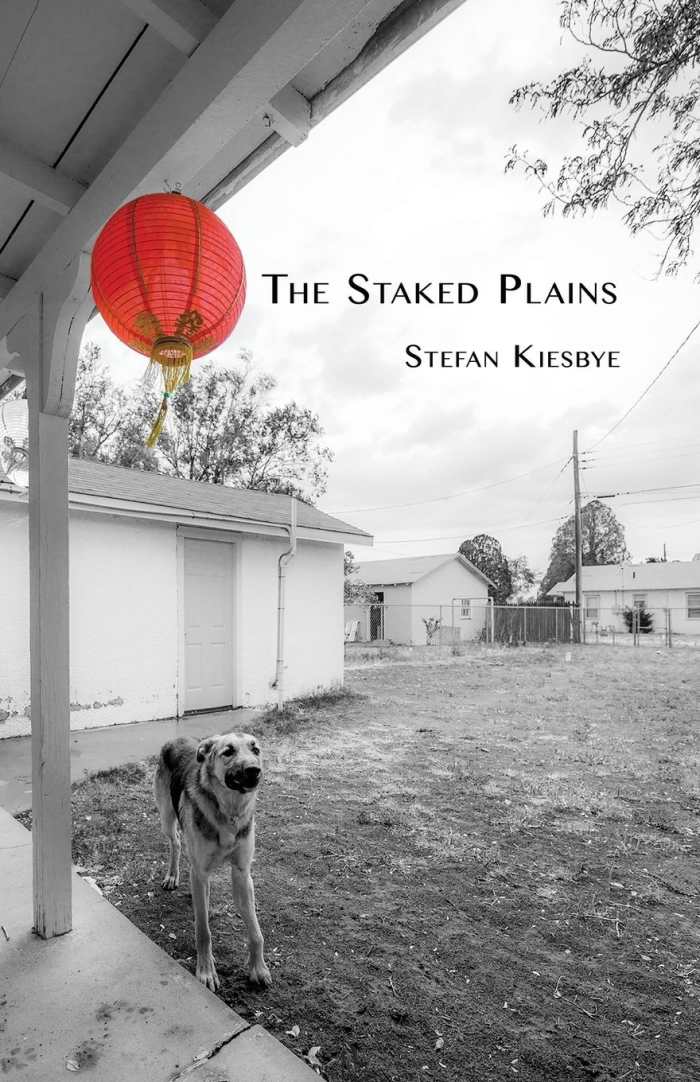
Stefan Kiesbye
Saddle Road Press
Softcover $15.00 (170pp)
978-0-9913952-7-9
Buy: Local Bookstore (Bookshop)
This unflinching novel focuses on a sometime psychic who is forced to make difficult choices in her declining New Mexico hometown.
In The Staked Plains, Stefan Kiesbye portrays life in a declining New Mexican town through the eyes of a sometime psychic. Told in spare prose, daily interactions with advice-seeking clients intertwine with the town’s struggles until events escalate beyond anyone’s imagining.
Married to a professor who works at the nearby university, Jenny Preston enjoys a content life in the quiet town of Querosa, New Mexico. To pass the time, she tells fortunes by reading her clients’ bare feet. While the town’s residents hardly consider her abilities respectable, people continue to seek out her help. But as people grow more dependent on Jenny’s skills, her life takes an unexpected turn, forcing her to make a decision between what she currently has, what she can have, and what she ultimately wants.
Beyond the shifts that send Jenny’s life off course, The Staked Plains presents a town facing dire circumstances in unflinching detail. Not only does Querosa suffer from a long-term drought, its residents see no future within the town’s limits. Developers want to obtain the land through whatever means necessary. The story hints at an ominous future where those lower on the socioeconomic hierarchy find themselves at the mercy of those with more clout.
Even Jenny’s persistent longing for something more mirrors the town’s plight. But as she learns with heartbreaking clarity, the things we most want sometimes remain beyond our reach. Jenny treads carefully around the implications of her psychic abilities, fearing the responsibility of controlling someone’s destiny. Ultimately, this trepidation proves prescient, as her own fate also remains out of her control.
Although The Staked Plains takes place in a small, unassuming town, its narrative pushes beyond its defined borders. An introspective narrative from the perspective of a woman who survives on her peers’ forbearance, it depicts the deterioration of both its narrator and the town she calls home. And in the end, it reminds all of us that we can never shirk ultimate responsibility for our choices and actions.
VERNIEDA VERGARA (February 29, 2016)
Verklempt
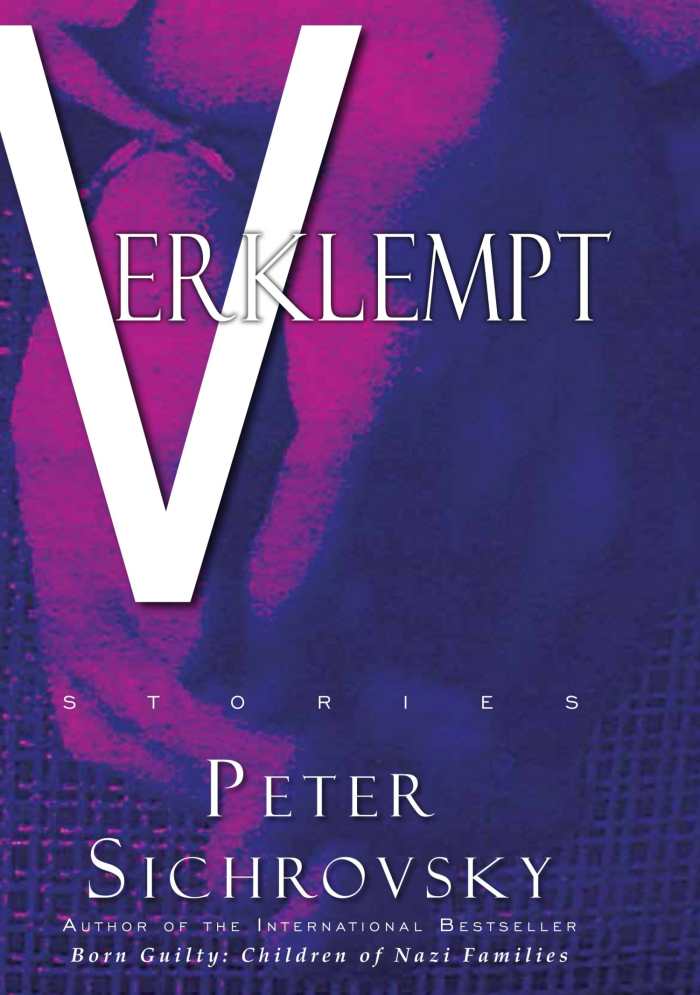
Peter Sichrovsky
Ari Roth, contributor
DoppelHouse Press
Hardcover $19.95 (200pp)
978-0-9832540-3-4
Authentic, reportorial stories explore diverse articulations of modern Jewish identity.
The short-story collection Verklempt is Peter Sichrovsky’s first fiction work to be translated into English, and its stories explore modern Jewish identity in myriad ways. A longtime journalist and politician, Sichrovsky writes with a crisp prose that makes his everyday characters real, with a touch of humor and subtle points about what being Jewish means today. This is a strong collection.
Sichrovsky writes in the book’s foreword that each of these stories is based on a real-life experience, and that comes through in the conversational and real tone of the writing. One of the best stories in Verklempt, “The Sirens,” involves a couple living in Israel during a rocket attack by Saddam Hussein, debating whether it’s worth it to stay through the threat or if they should find a safer spot for their family, while getting conflicting suggestions from their two sets of parents. By making one partner a transplanted American and the other a native, with parents to match, the author uses those differing backgrounds to drive the characters’ perspectives about what to do.
“Berlin” is a seemingly straightforward story about a reporter, a camerawoman, and their subject meeting for an interview. But each character brings his or her own sense of being the descendant of a survivor for different reasons, and both Jewish men have feelings for the blond woman they’re meeting with, so their every line of dialogue is loaded with those agendas. Another highlight is “Pigs Blood,” in which a one-eyed cab driver who was formerly a Hitler Youth shares his wartime experiences with the writer narrator, including his first meeting with a Jewish woman. Or “Clearance Sale,” in which a newly promoted retail-store department head can’t get anyone in his life to care about his new job, except for an attractive new assistant manager who might understand him.
Each of the eleven stories that make up Verklempt demonstrates Sichrovsky’s craft. The writing has an almost reportorial quality, and the dialogue similarly feels honest while hinting at much that isn’t said. The pieces here are memorable and diverse, making Verklempt an excellent English-language introduction to the author’s fiction.
JEFF FLEISCHER (February 2, 2016)
Hannah Hohman
